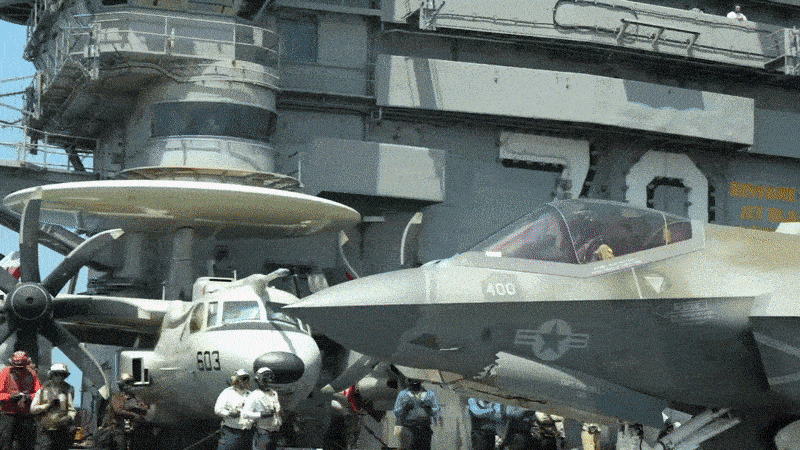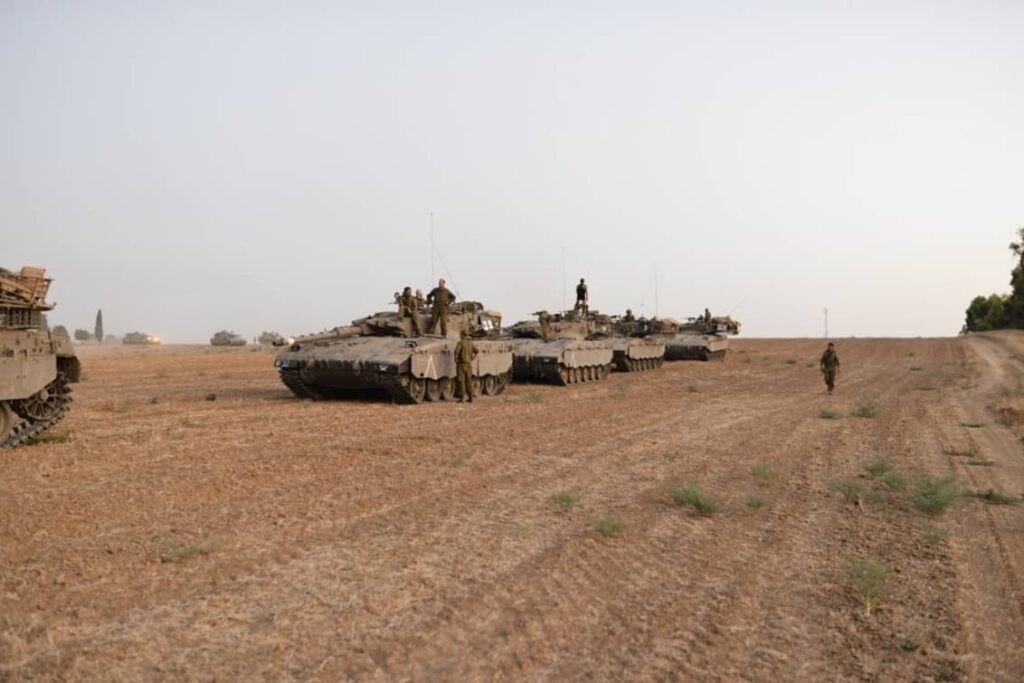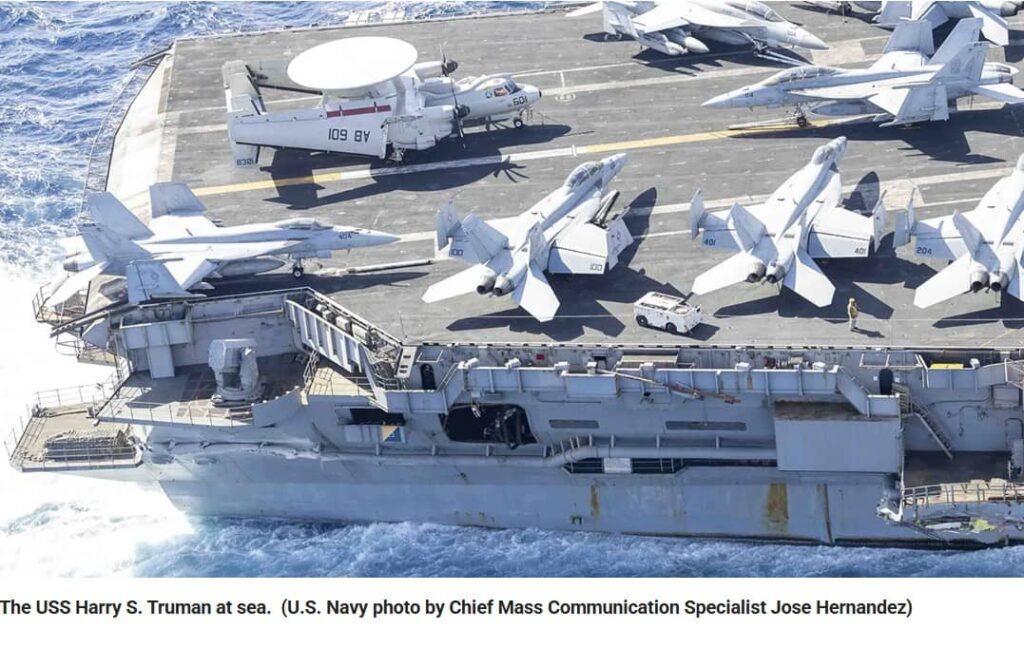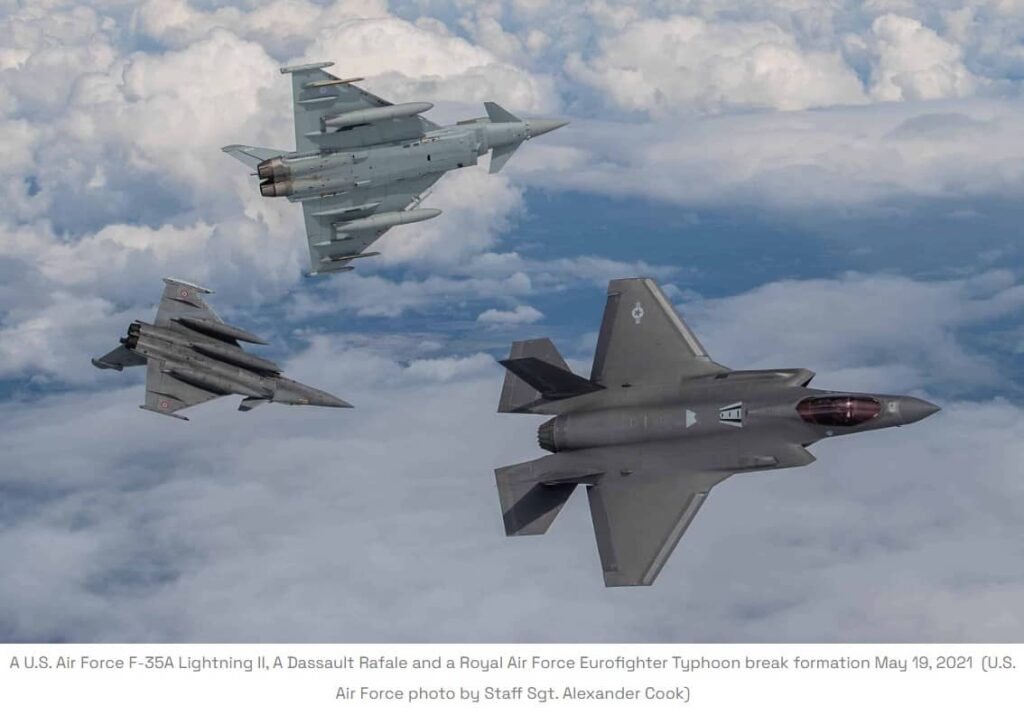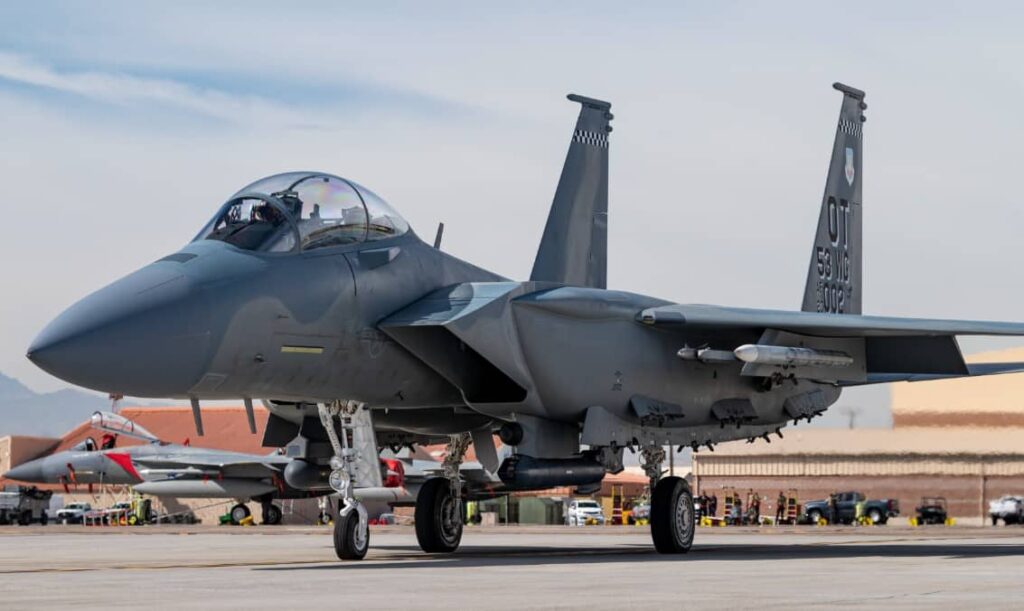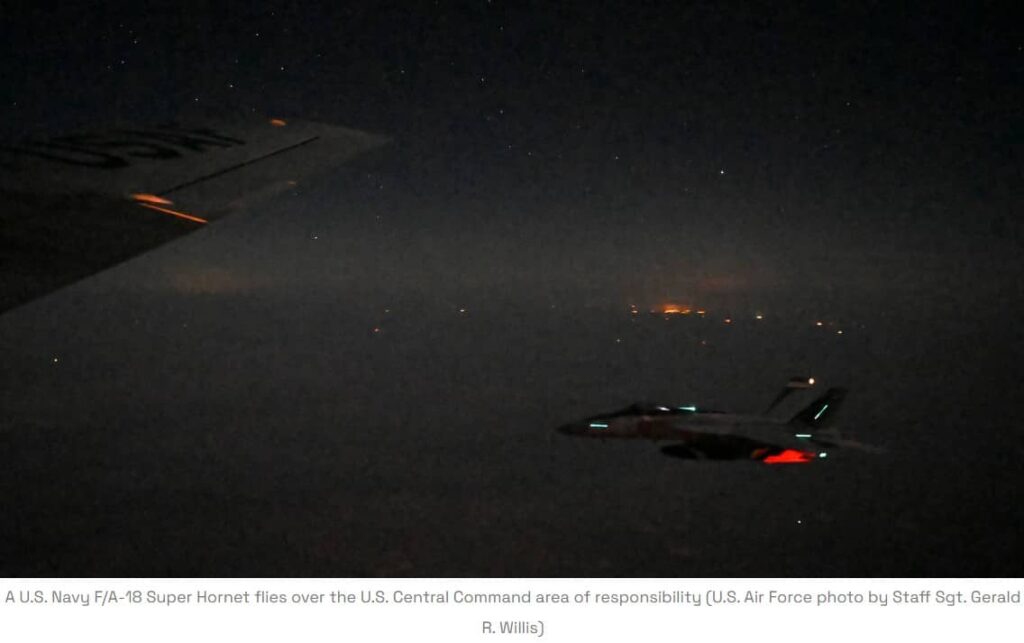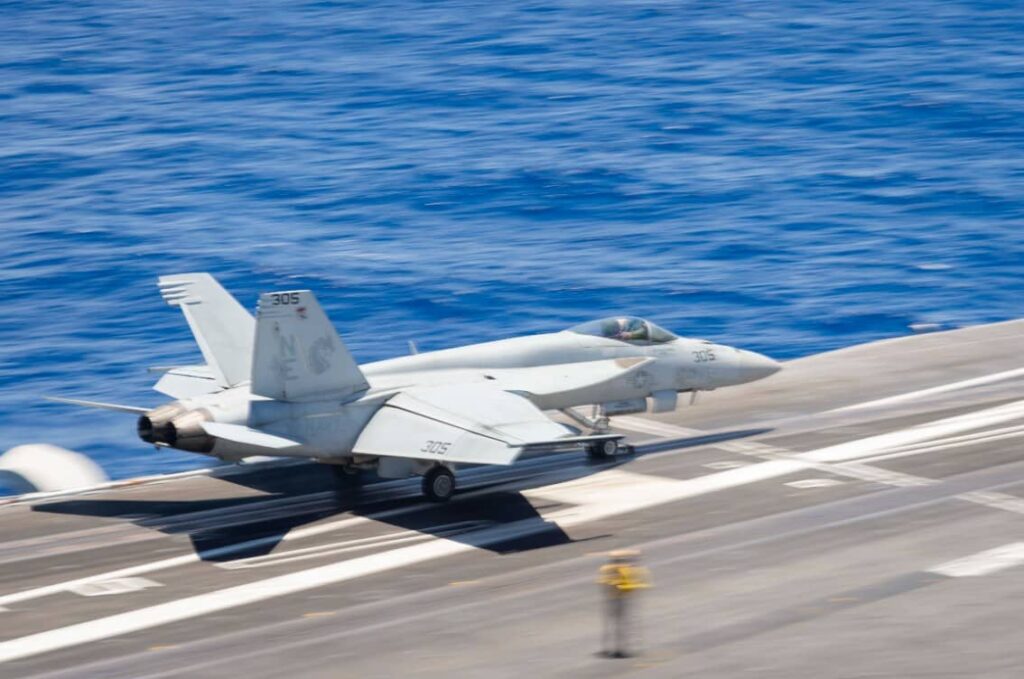Hegseth Orders Massive Overhaul of U.S. Army to Focus on China, Cut Obsolete Systems
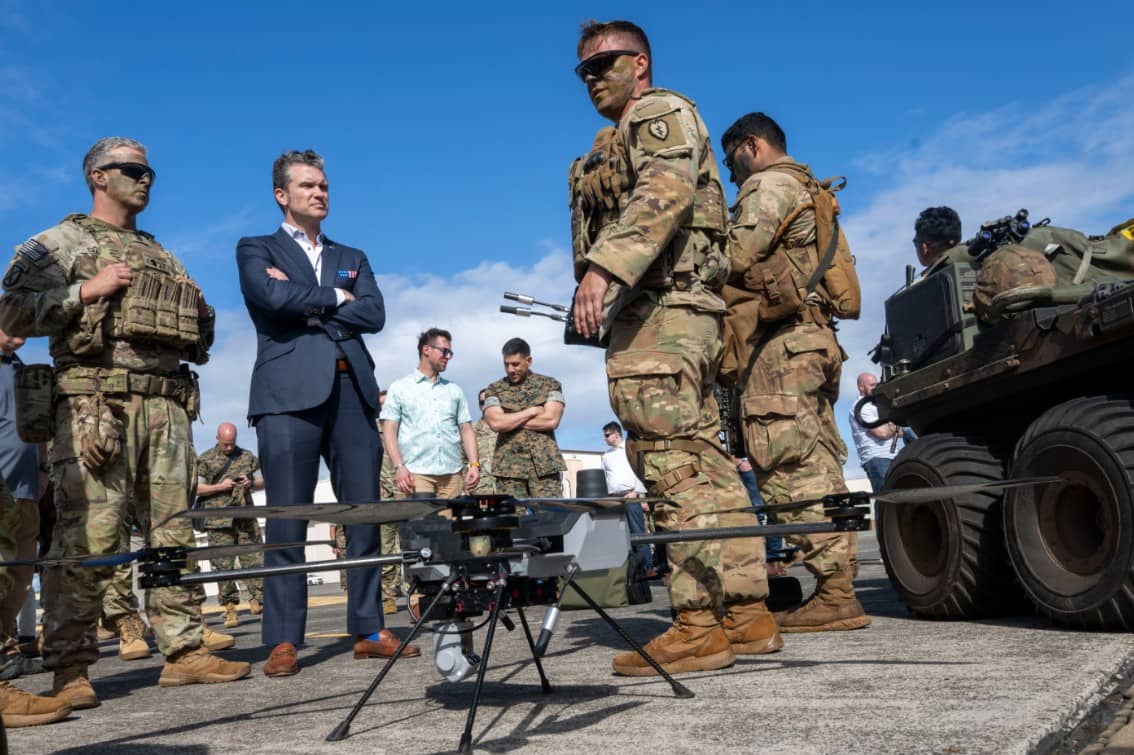
Defense Secretary Pete Hegseth has directed the U.S. Army to undertake its most significant structural overhaul in decades, ordering a broad transformation aimed at enhancing warfighting capabilities, divesting outdated systems, and streamlining acquisition practices.
The memo, issued Thursday morning, outlines a series of immediate and long-term reforms under what is now officially branded the “Army Transformation Initiative” (ATI).
Among the most notable changes is the merging of Army Futures Command (AFC) and Training and Doctrine Command (TRADOC) into a single organization, reversing the 2018 decision that established AFC as an independent four-star command.
“The Army must transform at an accelerated pace by divesting outdated, redundant, and inefficient programs,” Hegseth wrote in the directive, “as well as restructuring headquarters and acquisition systems.”
Reductions and Divestments
The Pentagon has directed the Army to reduce manned attack helicopter formations, specifically the aging AH-64D Apache, and augment those forces with low-cost drone swarms.
The Gray Eagle drone, referred to in internal documents as “obsolete,” will also be phased out, along with approximately 100,000 High Mobility Multipurpose Wheeled Vehicles (Humvees), which will be replaced by Infantry Squad Vehicles (ISVs) derived from commercial designs.
Army Secretary Daniel Driscoll, speaking at a press conference Thursday afternoon, said the overhaul is necessary to address persistent issues with legacy platforms and inefficient procurement.
“We’ve seen in wars going on around the world that the equipment just can’t provide what it was originally supposed to,” Driscoll said. “We are going to start to cut the things we don’t want or need.”
The M10 Booker light tank program is among the systems being canceled. Likewise, the Armored Multi-Purpose Vehicle, designed to replace the M113, is being deprioritized in favor of autonomous alternatives.
Timeline
The Army has been given firm deadlines for fielding new capabilities. Long-range missiles designed to engage mobile land and sea targets must be operational by 2027, while unmanned systems and “Ground/Air Launched Effects” must be delivered to every division by the end of 2026. Counter-drone systems are expected to reach maneuver platoons by 2026 and companies by 2027.
Artificial intelligence-driven command and control capabilities are to be integrated at theater, corps, and division levels by 2027. Advanced manufacturing, including 3D printing, must reach operational units by 2026, and a full modernization of the organic industrial base is required by 2028 to ensure wartime ammunition production.
Gen. Randy George, Army Chief of Staff, said the initiative will “ruthlessly prioritize fighting formations” and ensure all funding aligns with lethality and readiness. The memo calls for a shift from program-centric to capability-centric budgeting and expands the use of Other Transaction Authority agreements for faster technology adoption.
Organizational Streamlining
Force structure changes are also central to the initiative. U.S. Army North and South commands will be consolidated to focus on homeland defense. Forces Command will also be realigned. Sustainment and logistics headquarters—including the Joint Munitions Command and Army Sustainment Command—will be placed under Army Materiel Command to increase efficiency.
The Army also plans to downsize its senior leadership by eliminating some general officer billets and restructuring civilian hiring and firing policies to improve talent management.
John Ferrari, a senior fellow at the American Enterprise Institute and former Army major general, emphasized the urgency of the 2027 target date, which aligns with estimates of China’s potential capabilities.
“This is a bold plan by the Army and its leadership,” Ferrari told Breaking Defense. “It aligns decision-making and execution by setting 2027 as the date to be completed—a mere 32 months.”
Procurement and Contracting Reforms
In addition to cutting waste, the Army is under orders to modernize its acquisition and contracting practices. Performance-based contracting will be expanded, and right-to-repair clauses will be included in future contracts to enhance sustainability and reduce dependency on proprietary maintenance.
Defense officials see these reforms as an opportunity to rely more heavily on dual-use, commercially viable technologies. The ISV, built on a Chevrolet Colorado chassis, was cited by Driscoll as a model: “The perfect kind of model. Much of our equipment should be dual-use vehicles and assets.”
George echoed that sentiment: “We just have to stop spending our money on things that we know are not going to make us more lethal.”

